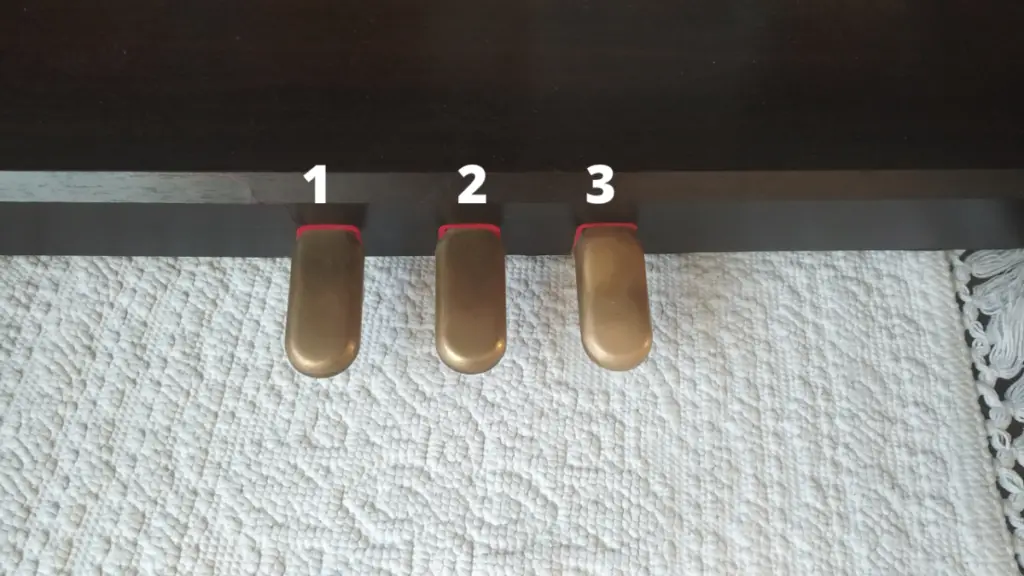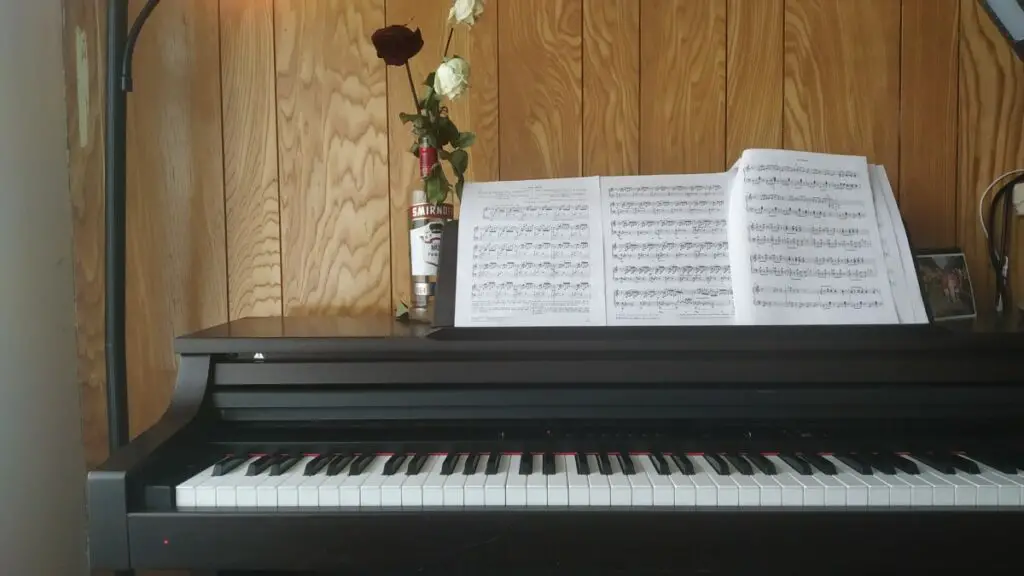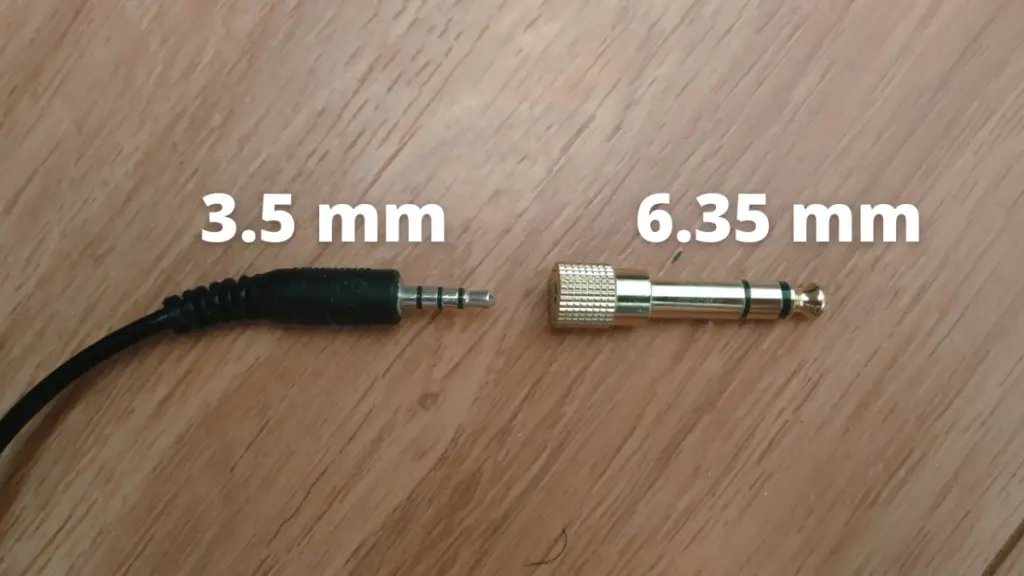This post contains affiliate links.
You enjoy listening and playing the piano for hours on end. However, you live in an apartment and unfortunately, your neighbours don’t seem to appreciate piano music as much as you do. This makes sense since if you keep practicing the same passage a piece over and over again, it’s bound to drive someone nuts.
With this in mind, what should you do to practice piano without disturbing your neighbours? Here are 8 ways to practice piano without disturbing your neighbours:
- Use the left soft pedal or the middle practice pedal
- Use a headphone or adjust the volume if you have a digital piano or electric keyboard
- Soundproof the room
- Install a silencer on the piano
- Invest in a silent piano
- Place the piano in a room that shares no walls with your neighbours
- Practice piano during reasonable hours
- Let your landlord knows you play the piano to see if they can arrange a room near other musicians

Keep on reading to have your questions about any of these tips answered like what’s a silencer or what’s a silent piano? What time should you practice piano to not disturb your neighbours?
Tips to practice piano without disturbing your neighbours
Use the soft pedal or the practice pedal
If you’re practicing piano on a digital piano or an acoustic piano, you’ll notice that you have 3 pedals underneath at your disposal. Now, you may know the right pedal as the sustain pedal (number 3) and is used to prolong the sound of a note even after you lift your finger off the key
However, what are the two other pedals called and what are they used for?

Soft pedal (number 1): makes the sound softer and quieter by shifting the hammer so that each hammer only hits one string instead of three, since each key on the piano is connected to 3 strings. This results in fewer vibrations, meaning quieter sounds.
Practice pedal (number 2): on an upright piano, the middle pedal is also used to make the sound softer and quieter. Meanwhile, the middle pedal has a different function on a grand piano.
The practice pedal on an upright piano softens the sound by lowering a felt cloth between the dampers and the strings, making the sound quieter.
You can use either of these pedals to soften the sound. I recommend you try playing the piano with both of them and see which one you prefer better.
However, you may find that keeping your foot on the left or middle pedal at all times is uncomfortable, so keep reading to see other alternatives you can try.
Use a headphone or adjust the volume using the knob
Electric keyboards and digital pianos are perfect choices for an apartment, thanks to their light weights, small form factors, the ability to plug in headphones and be immersed in the music without bothering anyone, or simply turn down the volume using the volume knob if you don’t like wearing headphones.
Between electric keyboards and digital pianos, I would go for a digital piano since they are designed to emulate the touch and feel of acoustic pianos, giving you the playing experience and sounds just like an acoustic piano. Not to mention, digital pianos look just like upright pianos if you care about the looks.
I recommend looking into the Yamaha Clavinova line of digital pianos as they are excellent pianos with great sounds and solid key weights for reasonable prices.

With that said, if you aren’t into classical pieces which require the feels and touch of an acoustic piano to do the pieces justice, and you are more interested in playing pop songs on the piano, then an electric keyboard will be fine for you.
Note that the 3.5 mm audio jack on most headphones can’t be plugged into digital pianos or electric keyboards. You need to buy a 6.35 mm to 3.5 mm adapter as digital pianos and electric keyboards only accept 6.35 mm (1/4 inches) jacks.
Here’s a link to buy a 3.5 to 6.35 mm adapter on Amazon. (affiliate link)

Soundproof the room
You can soundproof the room by having as many sound-absorbing objects in the room as possible. Here are a few easy things you can do to soundproof your room for the piano:
- Hang artworks or blankets on the walls
- Install drapes for any windows in the room
- Attach styrofoam at the back of the piano
- Have bookshelves filled with books lined against the wall
- Put a rug under the piano and stick caster cups below the piano legs
- Buy and install sound-absorbing panels on the wall
Artworks and blankets are very good at absorbing sounds that are hitting the wall. Bookshelves with books in them are a good choice for absorbing sounds also
Drapes are better at absorbing sounds compared to curtains.
The sound at the back of the piano is louder so a piece of styrofoam there will absorb some of that noise.
A rug under the piano and caster cups will absorb the sounds and vibrations hitting the floor. Caster cups under the piano legs will also prevent the piano from scratching your precious hardwood floor.
If you have some extra money, you can also invest in sound-absorbing panels (affiliate link) on Amazon since these panels absorb sounds the best, leaving little sounds to travel to your neighbour’s room.
Install a silencer on your acoustic piano
A silencer is a device that can be installed on any upright or grand piano, regardless of the piano’s age. Once it’s turned on, it’ll stop the hammers from hitting the strings to create sounds.
Instead, sensors that are also installed under the keys will detect which keys are being pressed and how quickly are they pressed. This information is then transmitted to the digital tone generator where it’ll play the appropriate sounds to your headphones.
The silencer retains the touch of a genuine acoustic piano while also allowing you to play with a headphone like a digital piano.
The silencer may also come with extra features like a metronome or a recording function. Check your local piano shops to see if they offer any service to install this system.
Here’s a video on the silencer being installed on an upright piano:
Invest in a silent piano
A silent piano combines the advantages of a traditional acoustic piano and a digital piano. It uses strings and hammers like an acoustic piano but it also has a “silent” mode.
When “silent” mode is turned on, the hammers will stop hitting the strings to create sounds. Instead, sensors will detect how you’re pressing the keys and play the appropriate sounds to your headphones. So a silent piano is basically an acoustic piano with a silencer pre-installed in it.
Major brands like Yamaha can Kawai each has their own line of silent piano to choose from. The downside of a silent piano is that it’s very expensive and a lot pricier compared to buying a decent digital or an upright piano.
Thus, consider buying a silent piano only if:
- You plan to stay in an apartment for many years
- You want the feels of strings and hammers and aren’t willing to compromise
- There aren’t any piano shops near you that install a silencer system on an acoustic piano.
Ideal piano placement
It is best to place your piano in a room that shares no walls with the neighbours. If this isn’t possible, then at least avoid putting a piano near your neighbour’s bedrooms.
If you want to go the extra mile, you can ask your neighbour what kind of rooms are on the other of the wall so you can plan accordingly
Practice during reasonable hours
If you are like me, then you don’t like wearing headphones when playing the piano as it gets hot and uncomfortable after a while. You also don’t want to keep one foot on the soft pedal at all times.
Instead, you want to play the piano and let the music flows freely across the room. Thus, the only other option is to find a time slot where your neighbours aren’t home so you can practice the piano without bothering anyone.
Thus, the late morning after 9 am until the afternoon right before dinner (5 pm) is the best time to practice piano as most people are at work or at school during those hours. Don’t practice too early in the morning or too late into the night as most people are asleep during those times.
You can also ask your neighbours directly what time they are away and if they have any babies at home. You can then use this information to find the perfect time slot where you absolutely aren’t going to bother anyone with your piano playing.
Most of the time, your neighbours won’t feel bothered by you asking and are glad that you want to make sure that they aren’t being bothered by your piano playing.
Aside from not bothering your neighbours, also check the apartment’s rules on playing music to make sure you’re following them.
Let your landlord knows you play the piano
This is to see if they can arrange for you a room near fellow musicians. Since you’re all musicians, no one would mind the music being a bit too loud in your room.
I know a guy who got a room on the same floor with a graduate piano major and a saxophone player after he told the apartment’s manager that he plays the piano.


